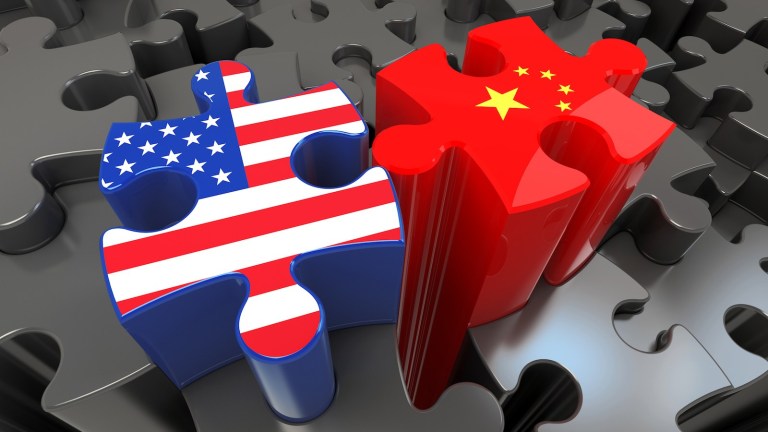Ahead of its first, and crucial, review meeting slated for Saturday, the much-touted Phase I trade deal between United States and China, seems to have weathered the storm and progressed according to US expectations.
Despite heightened tensions between the two trade rivals, and scepticism among US companies in China, the Trump administration on Thursday expressed satisfaction with China’s progress in meeting commitments to purchase US products under the deal, signalling that the pact could sail through Saturday’s review.
China “is now really picking their imports of our commodities – which is a great boon, by the way, for the US agriculture and farm sector,” White House economic adviser Larry Kudlow said on Thursday. He was citing US Trade Representative Robert Lighthizer’s comments to President Donald Trump earlier that day.
“We have big differences with China on other matters, but regarding the Phase 1 trade deal, we are engaging,” Kudlow said.
Lighthizer and Chinese Vice Premier Liu He, on Saturday, will reportedly conduct the first semi-annual review of the trade deal’s implementation in a video-conference.
The White House, though, has not commented or confirmed that meeting yet, and neither was there any reaction from the US Trade Representative’s office.
Tough negotiations
Following almost a year-and-half of fraught negotiations that slowed global growth and hurt American farmers and consumers, the US and China activated the trade deal on February 15, heralding a key dispute resolution achievement of both countries in recent times.
The deal led to a halt of additional US tariffs on nearly $160 billion of Chinese consumer electronics and toys, and cut by half (to 7.5%) some US tariffs on Chinese products imposed in September last year.
In exchange, China pledged to purchase more American farm, energy and manufactured products worth at least $200 billion over the next two years. China also pledged to address some US complaints about intellectual property practices.
Jury is still out
Yet, while largely considered as a step in the right direction, according to a few US companies doing business in China, the deal has done little to alleviate the larger trade issues between the US and China that continue to weigh on global markets.
Tensions between Washington and Beijing have been rapidly rising in the recent months over the coronavirus pandemic, a security crackdown in Hong Kong, US sanctions against Chinese companies, and officials and human rights issues in Xinjiang province.
Trump has also threatened to ban Chinese music video app TikTok from the US market unless an American company buys it by Sept. 15.
But, a new survey by US-China Business Council revealed earlier this week, said few US companies doing business in China view the Phase 1 trade deal as worth the cost of tariffs incurred over a two-year trade war.
“Only 7% of respondents feel that the benefits of the Phase One agreement outweigh the costs of tariffs incurred along the way, while 36% say that costs outweigh the benefits of the agreement,” the report said.
“Importantly, a 56% majority believe it is too soon to say, suggesting that for most, the jury is still out,” the report added.
With 84% of US companies in China doubting the ability of the deal to actually resolve their problems in the China market, there is also a general uncertainty about how their concerns would be rectified under arrangement, the US-China Business Council noted.
Some companies also fear a potential retaliation in the China market, while some others are concerned about company privacy.
Clampdown hurt Americans too
According to the Council, the deal was primarily a negotiating tactic of the Trump administration to put pressure on Beijing to address unfair trade practices, such as intellectual property theft and forced technology transfers.
Yet, the deal left tariffs on about $370 billion of US imports from China intact, which were heavily taxed by the US after the trade war that erupted between the two countries in 2018. Those taxes have raised the price for products such as baseball hats, luggage, bicycles, TVs, sneakers, and a variety of materials used by American manufacturers.
Consequently, the tariffs have hurt Americans, and slashed US businesses’ bottom lines, forcing some to even cut jobs.
Still, according to Kudlow, Lighthizer has told Trump that China is now buying over 40% of US commodity exports, compared to about 20% in the baseline year of 2017.
And, if the deal holds, the phased purchases by China would result in a dramatic surge in US exports. Total exports to China would increase to over $260 billion in 2020, and roughly $310 billion in 2021.
The increase in purchases would be notable compared to the $185 billion of products and services China bought from the US in 2017.
Read More:
US trade war wreaks havoc on China’s economy
With reporting by Reuters
























